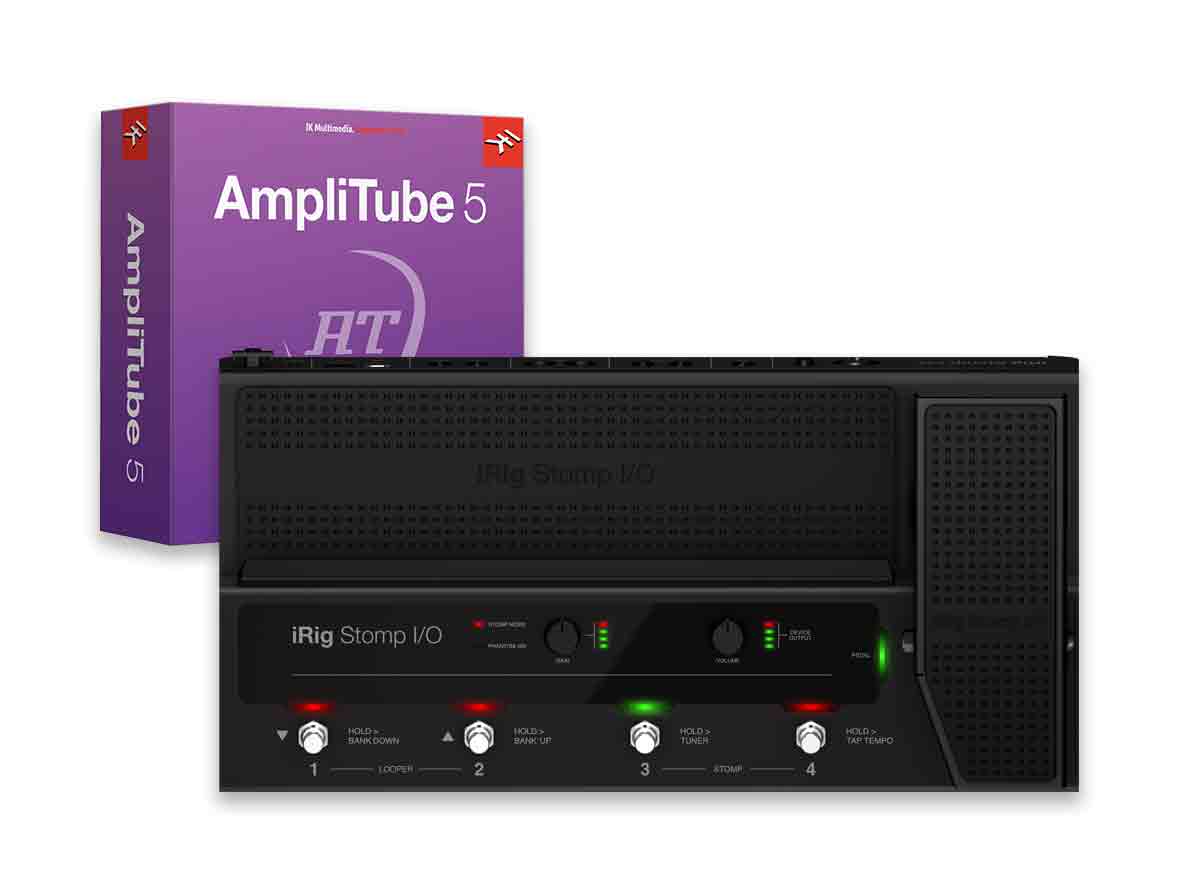
Amplitube 5 V.I.R screenīefore I dive in to tell you about my first chords through Amplitube 5, I want to explain their whole new Volumetric Impulse Response, or V.I.R technology, which captures every nuance of the cabs and heads. Click your “cab” icon and you won’t just see some speakers with mics, but an entire virtual room with interchangeable room mics, room types and even some different speakers if you want to do a swap mid-session. All the mainstays of your rig are accessible from the signal chain, which are displayed as its correct icon instead of an ambiguous title that previous versions of Amplitube had. All the knobs and parameters fit the model of the amps that they correspond to, giving it the feel as if they were a part of your own amp locker. You don’t have to scroll through arduous menus and folders to find a piece of gear that you’re looking for, it’s just right there. I greatly appreciated that all the gear is visible in front of me as if I had just walked through the doors of a guitar playing producer’s heaven. Now, like a lot of you, I’m a very visual person, especially in the studio.

Upon first look, you’ll see a new, user friendly layout of three different windows: your gear window (where you’ll see an amp loaded up at default), the signal chain, and a virtual gear locker.

It fits both screens absolutely perfectly. Both the standalone app and the VST are fully scalable to any screen you work on, which is IMPERATIVE to me, as my main screen is an old 42” TV and my secondary “mix” screen is a 25” computer monitor.

I had heard a ton of amazing rumors about the look of Amplitube even before I was asked to review it, and purposely didn’t even look at any of the sneak previews of the layout until I downloaded it.


 0 kommentar(er)
0 kommentar(er)
